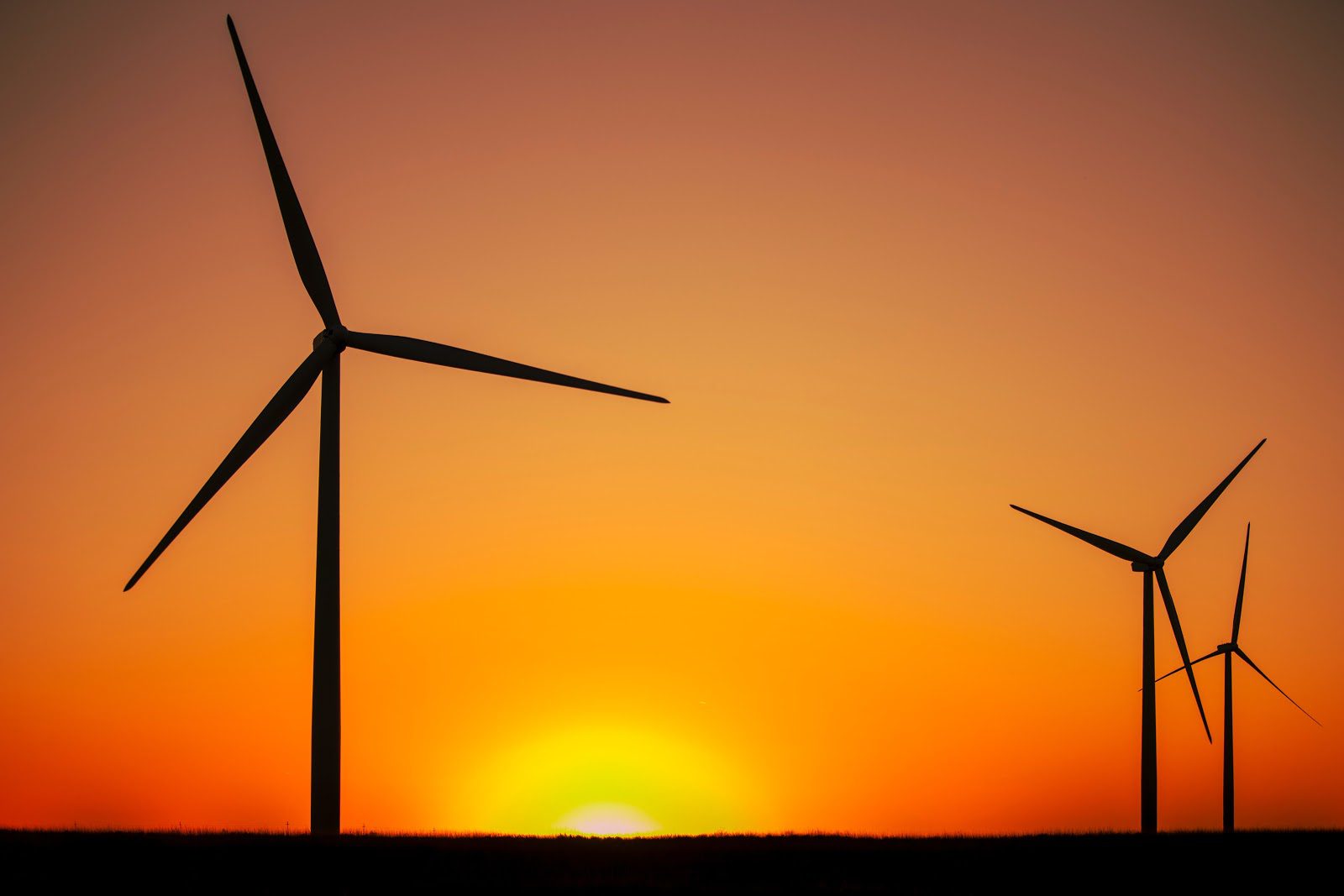Kansas Town Reconstructs With Clean Energy Following Devastating Tornado
On the morning of May 4, 2007, the town of Greensburg, Kan., was best known for being home to the world’s largest hand-dug well. The well, which is dubbed “Big Well,” measures 109 feet deep and more than 30 feet in diameter. By the end of the day, Greensburg’s public profile was forever altered when a deadly tornado devastated the farming community of 1,400 residents, setting in motion a rebuilding effort that would grab international attention.
That effort included a focus on energy-efficient rebuilding that was done with zero carbon emissions, along with a goal to set new standards for how a community can minimize its impact on the environment. Today, Greensburg gets 100 percent of its electricity from a small wind farm. All of its buildings are energy efficient, and the community’s farms use rainwater for irrigation. Greensburg has become a global model for rebuilding after a disaster, and its leaders are often consulted by other cities and towns that face similar devastation.
All of this seemed unlikely on the night the tornado came blowing through. It arrived just past 9 p.m. and barreled north along Greensburg’s Main Street, destroying everything in its path. It swept through the town at 200 miles per hour and measured 1.7 miles at its base – much bigger than the average tornado, which covers around 75 yards of ground at a time, according to Smithsonian magazine. Images of the twister show a monstrous cloud that seems to cover the whole sky. Twelve people were killed by the storm, and nearly all of the town’s homes were destroyed. A school, hospital, and John Deere dealership were blown to pieces. About half of Greensburg’s population had to be relocated to other cities and towns because they had no place to live.
The rebuilding effort started almost immediately, with the rest of Kansas leading the way. The state’s Department of Transportation and National Guard — along with several other municipalities — sent trucks, emergency vehicles, volunteers, and equipment to help tend to the wounded and clean up the mess.
While all that was going on, civic leaders were already discussing plans on how they should rebuild Greensburg. They quickly launched the idea of the clean reconstruction as a way to help Greensburg stand out following the catastrophe. In 2009, then-mayor Bob Dixson told Smithsonian magazine that leaders decided they “could rebuild in a(n) energy-efficient manner that would leave a legacy to future generations.”
Much of the transition to energy-efficient building was done without the help of federal funding. The Federal Emergency Management Agency (FEMA) said it would provide financing to replace buildings and infrastructure that had been destroyed, but it couldn’t pay extra costs for green rebuilding. Greensburg did get help from Kansas City-based BNIM, an architecture, and design firm that specializes in sustainability-focused architecture. BNIM advised town leaders on what they needed to do to meet specifications laid out by the U.S. Green Building Council.
A combination of learning and resolve helped Greensburg achieve its goal of rebuilding via resilient infrastructure that can serve as an inspiration to communities worldwide. Greensburg is now one of a handful of U.S. cities to be powered solely by renewable energy. It boasts an energy-efficient city hall, school, medical center, library, and museum, and saves an estimated $200,000+ a year on fuel and electricity costs. Thousands of gallons of water are saved annually through low-flow fixtures and native plants in the landscaping.
The City of Greensburg’s website details other highlights of the community’s sustainability initiative:
- The most LEED (Leadership in Energy and Environmental Design) buildings per capita in the U.S.
- The first city in the U.S. to use all LED streetlights.
- Single stream curbside recycling
Meanwhile, Greensburg has cut its carbon footprint in half by moving to 100 percent wind energy. That energy is powered by a 10-turbine wind farm owned and operated by Exelon Corp. The turbines began operating in 2010 and can produce 12.5 megawatts of electricity, or enough to power about 4,000 homes. Greensburg’s current population of about 900 residents grew by more than 15 percent over the last decade.
The community’s success at rebuilding has earned it the attention of cities and towns around the globe suffering similar tragedies, ranging from tsunamis and floods to earthquakes and wildfires. In March 2020, after tornadoes damaged Nashville, the city’s leaders turned to Greensburg officials. Greensburg’s expertise is especially important now, amid a rise in extreme weather events as well as economic devastation caused by the COVID-19 pandemic.
In October, the Washington Post reported that governments worldwide have allocated Coronavirus relief funds to numerous clean energy initiatives. The European Union put 30 percent of its stimulus package toward climate action, while Nigeria allocated $620 million to solar homes for 5 million families. In addition, rooftop solar subsidies were increased in South Korea, France, and Italy. And one small American town has led the way.





